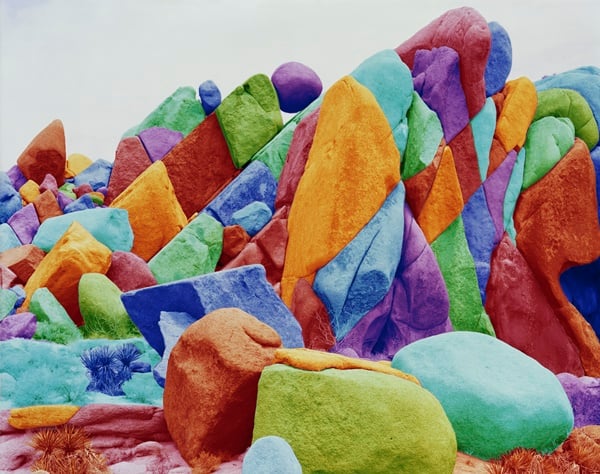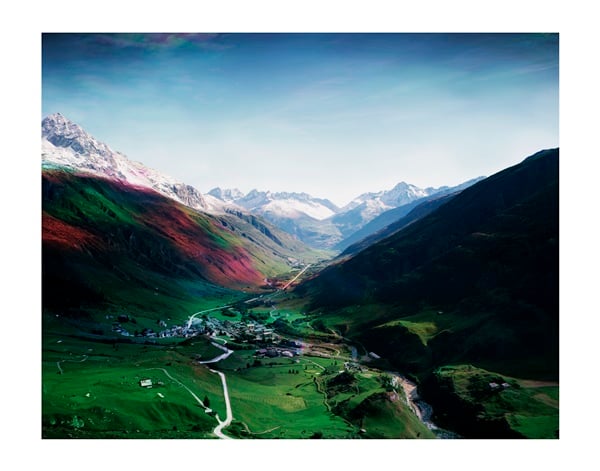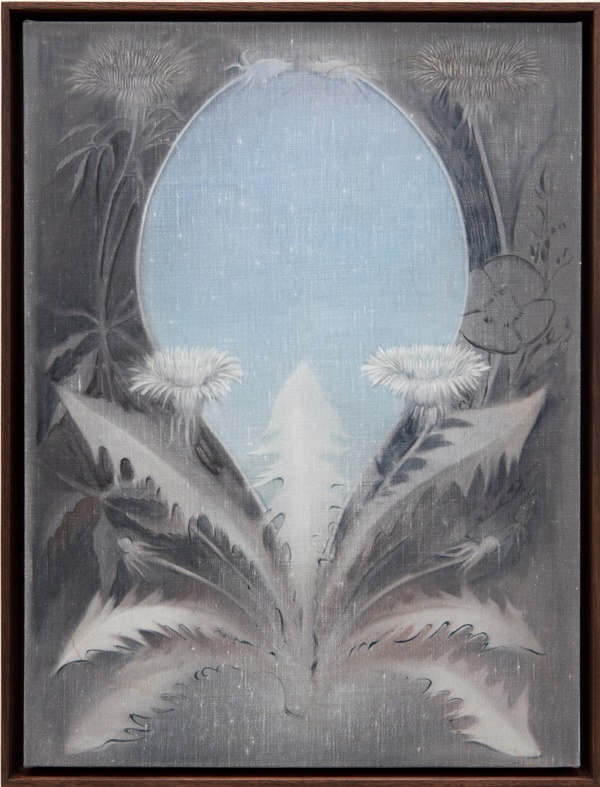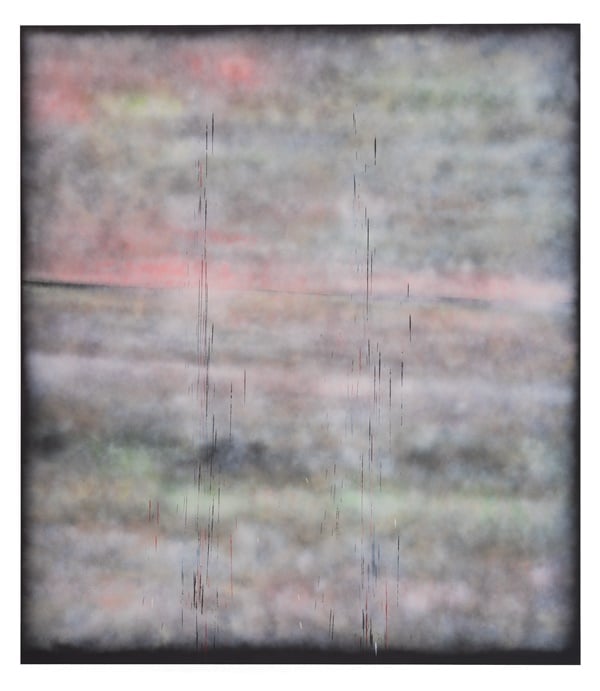Market
Why Neville Wakefield’s Next Show Takes Place in an Aspen Ski Shop
On mountains, spiders, and drugs.

On mountains, spiders, and drugs.

Eileen Kinsella

Mountains have lately been on the mind of contemporary art curator Neville Wakefield, a so-called “jack of all creative trades” according to a 2015 profile in the New York Times style magazine, T.
Having co-curated a site-specific show titled “Elevation” in Gstaad, Switzerland, in 2014 that will be repeated in 2017, Wakefield said he had more recently dipped into books including Mountains of the Mind by Robert MacFarlane.
He describes the book as “a really interesting history of mountaineering [including how] alchemism and mountain exploration rose along with creationist theories, and how mountains transitioned from a place of fear to a place of exultation.”
“Of course I wanted to do a show about mountains for a while but it needed to be more specific,” said Wakefield, in a phone interview with artnet News. The fruits of this recent fascination can be seen starting today in Aspen (Saturday July 16), when Darrow Contemporary opens “Mount Analogue,” a group show that takes place in a decidedly anti-white cube setting—a retail shop called “Performance Ski” that serves mountain-going Aspen enthusiasts during the winter.
The show will feature work by more than two dozen artists, the list of which reads like a who’s who in the contemporary art world, such as Doug Aitken, Dan Colen, Paula Crown, Damien Hirst, Friedrich Kunath, Richard Prince, Gerhard Richter, Ugo Rondinone, Sterling Ruby, Fred Tomaselli, and Wendy White.
Another source of inspiration for Wakefield’s show is the book Mount Analogue by René Daumal (It carries the weighty, if thought-provoking subtitle, “Non-Euclidian Mountain Climbing”).
Says Wakefield: “It’s about this idea of mountains as impossible places—as visible but inaccessible—so it sort of meshed with this idea I have for seeing mountains not only as something specific but as a sort of manifestation of the sublime. We’re looking at exterior landscapes and interior landscapes, so sort of the sublime within and the sublime without.”

David Benjamin Sherry, Emotional Algorithm Epoch, Joshua Tree, California
II (2014).
Courtesy of the artist and Salon 94, New York
Wakefield says exploring the interior sublime includes a nod to “the drug landscape which has obviously been tied to the Aspen scene,” including through famous writer Hunter S. Thompson, who lived, and committed suicide in Aspen, in 2005. To that end, works by Tomaselli—whose canvases frequently contain a cornucopia of mind-altering substances—are an obvious choice, as are paintings of spider webs by Rob Pruitt, that Wakefield says reference NASA’s 1960s experiments with spiders where scientists administered acid and cannabis and then observed the spiders weaving webs.

Florian Maier-Aichen, Untitled (Andermatt) (2014).
Courtesy of the artist and Blum & Poe, Los Angeles.

Theodora Allen
Walking (2016).
Courtesy of the artist and Blum & Poe, Los
Angeles.
The works on view represent a mix of pre-existing and historic works as well as newly commissioned pieces from younger artists. Explaining one in particular, by Will Boone, he said the painting references beer-maker Coors and questions “the whole idea of purity and tapping into the Rockies,” including the fact of the product “being an intoxicant,” as well as referencing the Coors’ family history which Wakefield calls “politically abject.”

Sterling Ruby, SP306 (2014).
Courtesy of the artist and Sterling Ruby Studio.
Wakefield is enthusiastic about the ski shop setting, noting that the shop has what he describes as “a wooden, chalet vibe.” Of the unorthodox location, he says: “I hope it engages a different audience,” than just the usual art world denizens. “It’s as antithetical to the white cube space as possible.”